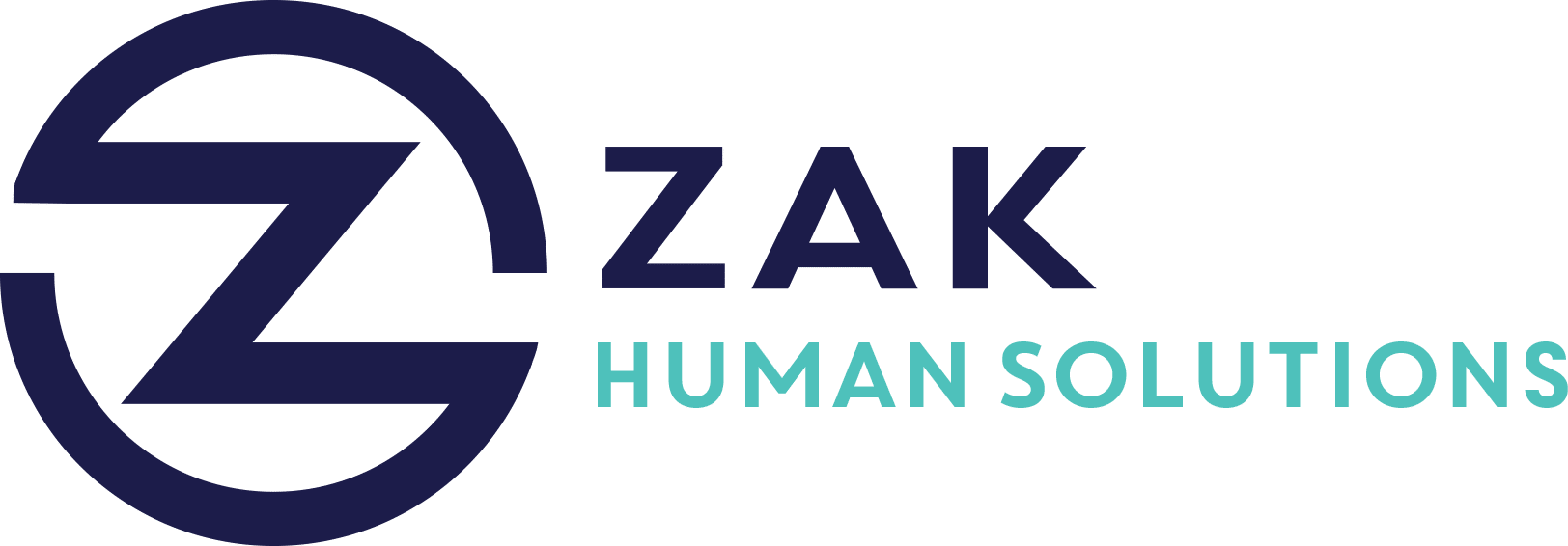Key Takeaways
- Building a cohesive hiring strategy is essential for attracting and retaining top talent in a competitive market.
- Alignment across people, platforms, and purpose enhances recruitment consistency and improves hiring outcomes, as emphasized by Nicole Belyna.
- Talent acquisition directly impacts an organization’s profitability; carefully managing hiring costs is crucial, according to Chris Courneen.
- Understanding the specific skills and roles needed is fundamental for effective talent acquisition, as highlighted by Courneen.
- Utilizing AI and automation should complement rather than dictate the hiring process, allowing recruiters to focus on decision-making, as noted by Courneen.
- Promoting diversity is key to innovation, but it’s important to avoid superficial quota hiring practices, both Belyna and Courneen stress.
- Consistent interviewing practices using structured rubrics help mitigate bias and ensure fair candidate evaluation, a recommendation from Belyna.
- Talent acquisition teams must understand the broader organizational goals to effectively represent the company to candidates, as Courneen suggested.
In today’s competitive job market, the strategy behind hiring can make or break an organization’s ability to attract and retain the best talent. This blog post delves into the intricacies of building a cohesive hiring strategy—an essential framework that aligns people, purpose, and tools. By understanding the invaluable insights from industry leaders such as Nicole Belyna and Chris Courneen, we will explore the components of a successful recruitment strategy that supports long-term growth and innovation.
Understanding the Importance of a Cohesive Hiring Strategy
Building a cohesive hiring strategy goes beyond merely filling vacancies. It’s about creating a structured approach that seamlessly integrates into the company’s broader business goals. Nicole Belyna emphasizes the need for alignment across people, platforms, and purpose, which ultimately results in consistency and improved hiring outcomes. When the entire recruitment process is synchronized with the organizational mission, the quality of hires significantly improves, positively impacting business growth.
Financial Implications of Talent Acquisition
Chris Courneen highlights an often-overlooked aspect of hiring: its direct impact on an organization’s profitability. From the cost of acquiring new talent to the repercussions of hiring the wrong candidates, these financial considerations underscore the necessity of strategic management of hiring costs. Courneen suggests that effective talent acquisition should be viewed as an investment in the organization’s future, where mindful spending leads to high-quality hires and reduced turnover rates.
Key Components of Effective Talent Acquisition
Crafting a successful hiring strategy requires a clear understanding of the roles and skills needed within the organization. Courneen points out that identifying what good work looks like is crucial. This deep understanding allows recruiters to seek out candidates who possess the necessary skills and qualities, ensuring they contribute positively to the company’s mission.
Moreover, Courneen argues for a balance between technology and human judgment in recruitment. While AI and automation can streamline the process and handle repetitive tasks, they should not dictate the entire process. Instead, technology should complement human decision-making, allowing recruiters to focus on complex evaluations and nuanced insights.
Promoting Diversity in Hiring
Diversity is more than just a buzzword; it’s a vital component of innovation and organizational success. Both Belyna and Courneen stress the importance of going beyond quota-driven diversity hires. The key is to foster an inclusive culture that values diverse perspectives and skills. Courneen suggests looking broadly for candidates from various backgrounds and industries, while Belyna recommends using consistent, structured interviews to eliminate biases.
Aligning Talent Acquisition with Organizational Goals
For talent acquisition teams to effectively represent the organization, they must have a deep understanding of its overarching business goals. Courneen suggests integrating recruitment teams into the business’s operational aspects, ensuring they are not only filling roles but also contributing to the broader strategy. This alignment ensures that every hire supports the company’s long-term objectives and growth.
Developing a cohesive hiring strategy involves a delicate balance between strategic alignment, financial prudence, diversity, and technological integration. By learning from industry leaders and adopting these best practices, organizations can transform their recruitment processes into powerful tools for achieving business excellence.




